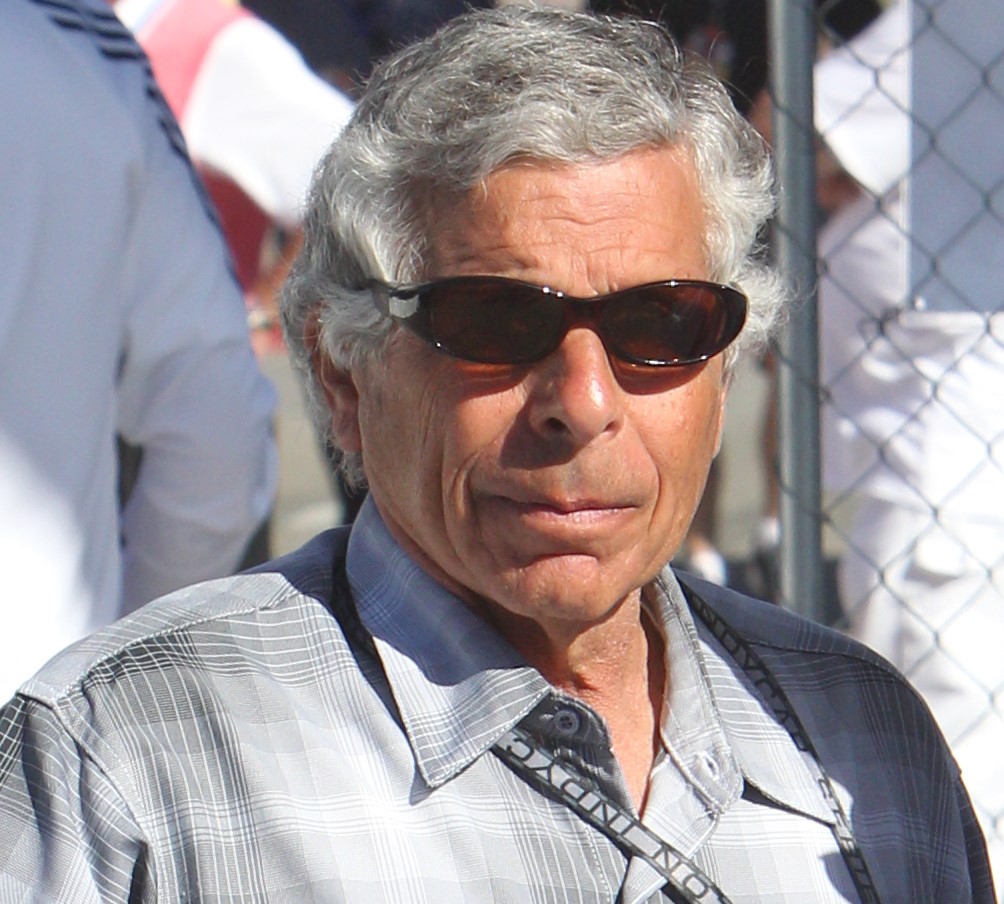Long Beach votes to keep IndyCar race (Update)
 |
| Jim Michaelian |
Grand Prix Association of Long Beach Statement on Tuesday's LB City Council Vote:
"We are delighted in the action of the Long Beach City Council this evening in voting unanimously to authorize City management to enter into a new long-term agreement with the Grand Prix Association starting in 2019. That means that there will be a continuation of the Verizon IndyCar Series as well as all of the accompanying events that have become such an attractive part of the Toyota Grand Prix of Long Beach weekend for many years to come.
"We also want to thank the City staff for the meticulous way in which they evaluated the various options that were submitted. The Grand Prix Association has been an integral part of the fabric of the Long Beach community for 43 years and we look forward to continuing that relationship into the future. The 44th Toyota Grand Prix of Long Beach will take place on April 13-15, 2018." — Jim Michaelian
 |
| Long Beach GP |
07/26/17 For more than nine months, Long Beach Grand Prix boss Jim Michaelian has been running his race under a yellow flag, the track-side alert warning drivers of a hazard up ahead writes Tim Grobaty of the Long Beach Press Telegram newspaper
The danger in this case, was an effort by the Chris Pook-led World Automobile Championship of California to bring Formula 1 racing back to Long Beach, kicking Michaelian and his decades long tradition of IndyCars racing through the streets of Long Beach to the pits.
Now, it appears that Michaelian, who has been CEO and president of the Grand Prix Association of Long Beach since 2001, will once again get the green flag to bring the IndyCars to Long Beach through 2023, although the danger isn’t quite over yet.
In October last year the city released a request for proposals seeking “an open-wheel auto racing format" to run the annual Grand Prix event. From the start it was only a two-horse race between Michaelian and Pook. Pook, of course, was hardly a carpetbagger. He founded the Long Beach Grand Prix in 1975 and brought F1 racing to Long Beach, where it enjoyed international acclaim and success from 1976 through 1983 until he found then-F1 president and multi-billionaire Bernie Ecclestone’s price too rich for Long Beach.
After Pook and Michaelian submitted proposals, the city of Long Beach paid the accounting firm of KPMG $150,000 to study the feasibility of staging an F1 race in Long Beach and the relative costs associated with the notoriously expensive F1 format versus the IndyCar race.
The finished report supplemented lengthy interviews of the two principals conducted by city representatives from public works, Long Beach fire and police departments, the department of Economic and Property Development and the City of Los Angeles’ special events department.
The collected research, as stated in a memo from the city manager’s office obtained this week, identified the Grand Prix Association of Long Beach “as the most qualified firm to promote and operate the Long Beach Grand Prix race."
The fairly glowing recap of the research also noted that Michaelian’s group "was the best proposal in fully demonstrating the ability to deliver a race and providing the breadth of information required to financial stability, race implementation, marketing plan, minimizing negative impacts and conformance with the terms of the request for proposal."
From the outset, the entire endeavor seems somewhat wasteful. The Long Beach Grand Prix has been an annual success every year and has put the city at the forefront of open-wheel racing. Only the Indianapolis 500 surpasses the Long Beach race in attendance.
Conversely, F1 is a money pit, with costs estimated at well over $100 million, with a slim chance of making money. With the exception of the F1 race in Monaco, the races are subsidized by the host country or state. As one motorsports writer told us, the way to become a millionaire in F1 racing is to start out as a billionaire.
The race isn’t entirely over, though, for Michaelian. The City Council, which will discuss the matter at its Aug. 8 meeting, will not be extending its current contract with the Grand Prix when it expires after the 2018 race. It will, rather, be negotiating a new contract and will surely be seeking some concessions from Michaelian, including quicker setup and tear-down of bleachers, barriers and bridges, as well as maintaining the streets it uses for the race, including track painting and tire marks.
Michaelian, notified of the decision on Tuesday, said he’s looking forward to working with the city. “This is a first but important step in continuing the cooperation we’ve enjoyed with the city for 43 years," he said. By Tim Grobaty, Long Beach Press Telegram
